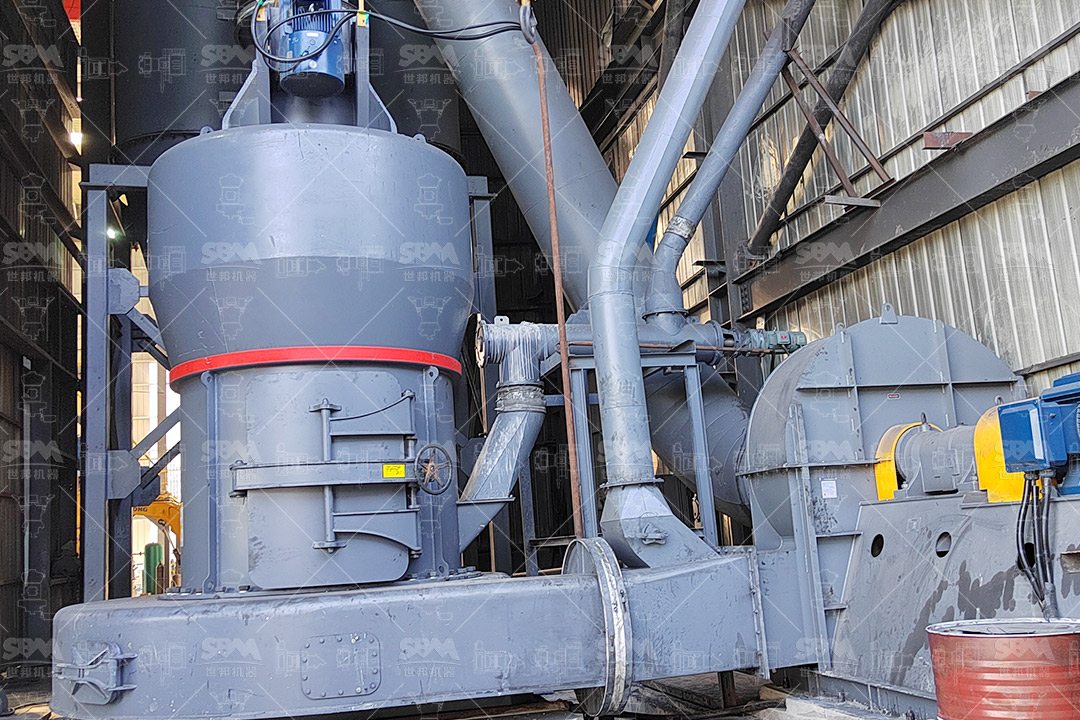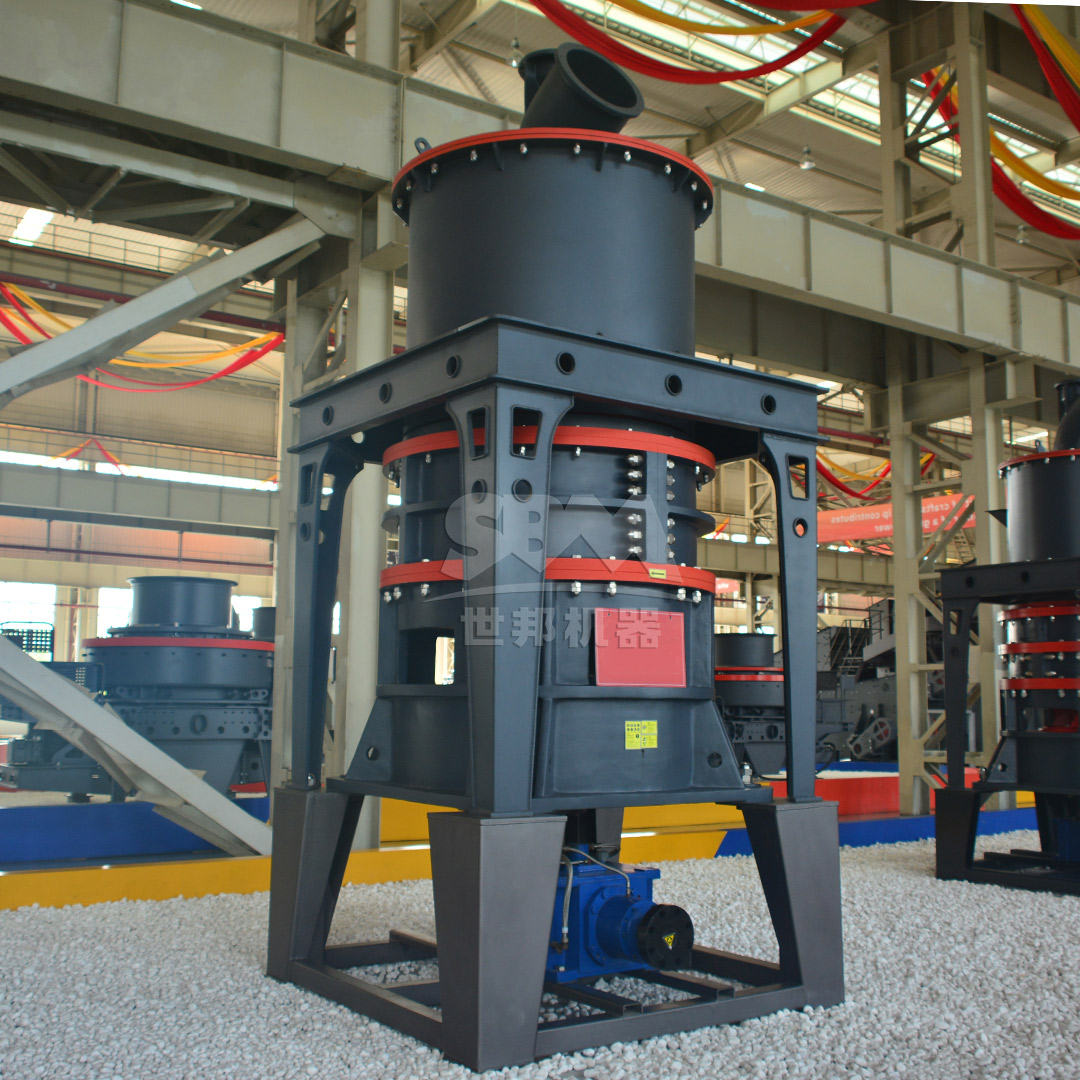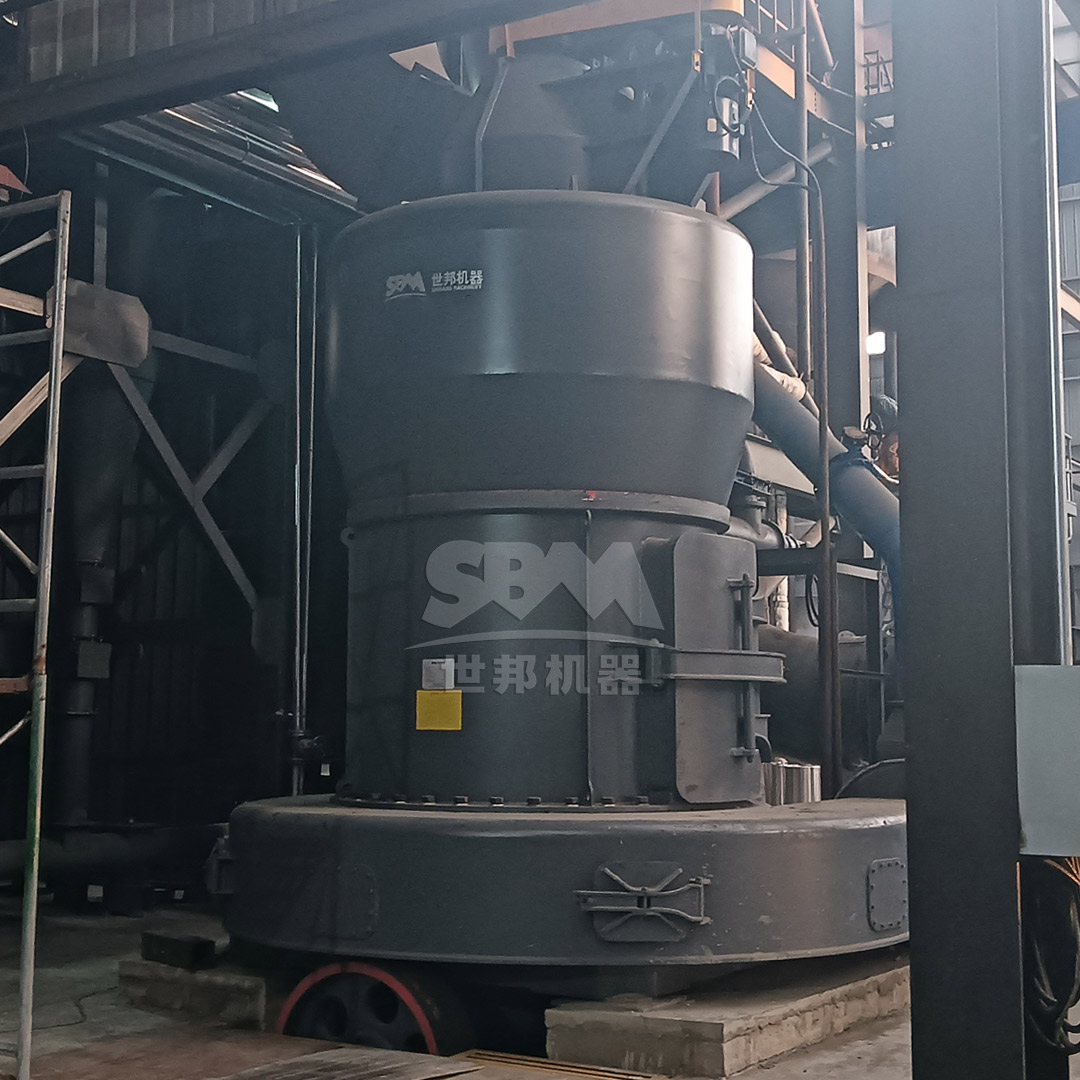The production of fast-curing cement represents one of the most demanding applications in modern construction materials manufacturing. Achieving the required rapid strength development necessitates precise control over clinker grinding parameters, particularly particle size distribution and specific surface area. The pulverization process directly impacts hydration kinetics, with finer particles accelerating early strength gain while maintaining long-term durability. This article examines the critical factors in optimizing clinker pulverizer performance for fast-curing cement production and presents advanced technological solutions that address these challenges.
Fast-curing cement formulations require exceptionally controlled particle size distributions with a high proportion of particles in the 3-30μm range. This optimal size distribution maximizes the surface area available for hydration while ensuring efficient particle packing. The grinding process must achieve this distribution consistently while managing several competing factors:
Research demonstrates that fast-curing cements benefit from a bimodal distribution where approximately 65-75% of particles fall between 3-30μm. Particles smaller than 3μm, while contributing to early strength, can increase water demand and potentially lead to shrinkage cracks. Particles larger than 30μm may not fully hydrate within the critical early curing period, reducing strength development efficiency.
The high energy input required for fine grinding generates significant heat, which can prematurely hydrate cement phases or cause gypsum dehydration. Both scenarios negatively impact final cement performance. Effective cooling systems and optimized grinding chamber designs are essential to maintain clinker temperatures below 100°C during processing.
Producing the fine particles necessary for fast-curing cement typically requires 30-50% more energy than standard cement grinding. Advanced pulverizer designs must therefore maximize energy transfer efficiency to the grinding process while minimizing losses to heat, vibration, and noise.
| Particle Size Range | Optimal Percentage for Fast-Curing Cement | Impact on Cement Properties |
|---|---|---|
| <3μm | 10-15% | Very early strength, increased water demand |
| 3-30μm | 65-75% | Balanced strength development, optimal hydration |
| >30μm | 10-25% | Later strength contribution, reduced early strength |

Modern cement plants increasingly recognize that traditional ball mills, while reliable, often lack the precision and efficiency required for optimized fast-curing cement production. Several advanced grinding technologies have emerged that offer superior control over particle size distribution while reducing specific energy consumption.
Vertical roller mills (VRMs) have revolutionized cement grinding by applying pressure rather than impact as the primary comminution mechanism. This approach generates less heat and offers more precise control over particle size distribution. The latest VRM designs incorporate advanced classification systems that enable real-time adjustment of product fineness, a critical capability for fast-curing cement production where consistent quality is paramount.
High-pressure grinding rolls (HPGRs) operate on the principle of interparticle comminution, where particles are crushed between two counter-rotating rolls. This method is particularly energy-efficient and produces a product with favorable particle shape characteristics. When configured in hybrid grinding circuits with ball mills or vertical mills, HPGRs can significantly reduce overall system energy consumption while improving product quality.
Modern classification technology represents perhaps the most significant advancement in cement grinding optimization. High-efficiency classifiers with adjustable rotor speeds and blade configurations enable precise cuts in the 5-50μm range, allowing producers to target the specific particle size distributions most beneficial for fast-curing cement. Some systems incorporate multiple classification stages to achieve exceptionally sharp particle size distributions.
For producers targeting the most demanding fast-curing cement specifications, the SCM Ultrafine Mill represents a technological breakthrough. This advanced pulverization system delivers unprecedented control over particle size distribution in the critical range for rapid strength development.

The SCM Ultrafine Mill incorporates several innovations specifically beneficial for fast-curing cement production. Its vertical turbine classifier enables precise cuts from 325 to 2500 mesh (45-5μm), allowing producers to optimize the fine particle content most responsible for early strength development. The intelligent control system automatically maintains target fineness by adjusting operational parameters in response to feed material variations.
With energy consumption approximately 30% lower than conventional jet mills and twice the production capacity, the SCM series addresses the economic challenges of fine grinding. The unique grinding chamber design with special material rollers and grinding rings extends service life significantly while maintaining consistent performance—a critical factor in cement production where equipment downtime directly impacts profitability.
| SCM Model | Processing Capacity (ton/h) | Main Motor Power (kW) | Recommended Application |
|---|---|---|---|
| SCM800 | 0.5-4.5 | 75 | Pilot plants, specialty cements |
| SCM1000 | 1.0-8.5 | 132 | Medium-scale fast-curing production |
| SCM1250 | 2.5-14 | 185 | Standard production lines |
| SCM1680 | 5.0-25 | 315 | Large-scale dedicated facilities |
The integrated pulse dust collection system exceeds international emission standards, addressing the increased dust control challenges associated with fine powder production. With operational noise levels below 75dB, the SCM series maintains compliance with increasingly stringent workplace and community noise regulations.
For large-scale fast-curing cement production facilities requiring high throughput without compromising product quality, the MTW Series Trapezium Mill offers an optimal balance of capacity and precision. With processing capabilities ranging from 3 to 45 tons per hour, this robust system delivers the consistent performance necessary for modern cement operations.
The MTW series incorporates several patented technologies that enhance its suitability for fast-curing cement production. The curved air channel design minimizes energy losses during material transport, while the combined blade system reduces maintenance requirements and extends component life. The integrated cone gear transmission achieves 98% efficiency, significantly reducing power consumption compared to conventional grinding systems.
With adjustable output fineness from 30 to 325 mesh (600-45μm), the MTW series can be fine-tuned for specific fast-curing cement formulations. The modular design allows for easy adaptation to changing production requirements, while the intelligent control system maintains consistent product quality despite variations in feed material characteristics.

Beyond equipment selection, successful fast-curing cement production requires a holistic approach to process optimization. Several key strategies can maximize the performance of any pulverization system:
Modern grinding aids specifically formulated for fast-curing cement can reduce grinding energy by 15-25% while improving particle size distribution. These chemicals work by reducing agglomeration and modifying particle surface properties, allowing more efficient size reduction and classification. Selecting aids compatible with the cement’s hydration accelerators is essential for optimal performance.
Advanced control systems that integrate mill operation with downstream processes can optimize overall plant performance. Real-time particle size analyzers connected to mill control systems enable continuous adjustment of operational parameters to maintain target fineness despite variations in clinker composition and grindability.
Predictive maintenance strategies based on continuous monitoring of wear components prevent unplanned downtime and maintain consistent product quality. For fast-curing cement production, where product consistency directly impacts performance, such approaches are particularly valuable. Modern pulverizer designs incorporate monitoring points and smart sensors that facilitate these maintenance strategies.
The selection of grinding equipment for fast-curing cement production involves careful evaluation of both capital and operating costs. While advanced pulverizers typically command higher initial investment, their superior energy efficiency and reduced maintenance requirements often deliver compelling returns through lower operating costs.
A comprehensive evaluation should consider not only purchase price but also installation costs, energy consumption, wear part replacement frequency and cost, maintenance labor requirements, and potential production losses during maintenance. For fast-curing cement production, the value of consistent product quality and reduced rejection rates must also be factored into the economic analysis.
Modern pulverizers that can quickly adjust between different product specifications provide significant economic value by enabling producers to respond to changing market demands. This flexibility is particularly valuable in the fast-curing cement segment, where formulation adjustments may be necessary to meet specific project requirements or optimize performance with available raw materials.
The evolution of cement grinding technology continues, with several emerging trends likely to shape future fast-curing cement production:
The integration of grinding systems with plant-wide digital platforms enables unprecedented optimization through data analytics and machine learning. These systems can identify subtle relationships between operational parameters and product quality that would be impossible to detect through conventional monitoring approaches.
Increasing focus on sustainability is driving development of grinding technologies with reduced carbon footprint. This includes not only lower energy consumption but also designs that facilitate the use of alternative fuels and incorporate recycled materials in construction.
Combinations of different grinding technologies in optimized circuits offer the potential to leverage the specific advantages of each technology while minimizing their limitations. These systems can achieve superior particle size distributions with lower energy consumption than single-technology approaches.
Optimizing clinker pulverizer performance for fast-curing cement production requires careful consideration of multiple technical factors, with particle size distribution control being paramount. Advanced grinding technologies like the SCM Ultrafine Mill and MTW Series Trapezium Mill offer precise control over the fine particle content most critical for rapid strength development while providing the energy efficiency and operational reliability demanded by modern cement producers. As cement performance requirements continue to evolve, ongoing innovation in pulverization technology will remain essential for producers seeking competitive advantage in the fast-curing cement market.